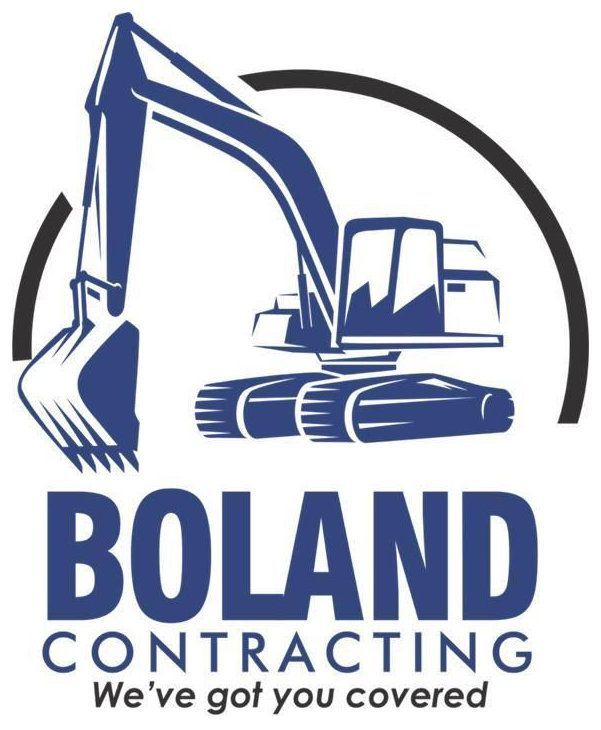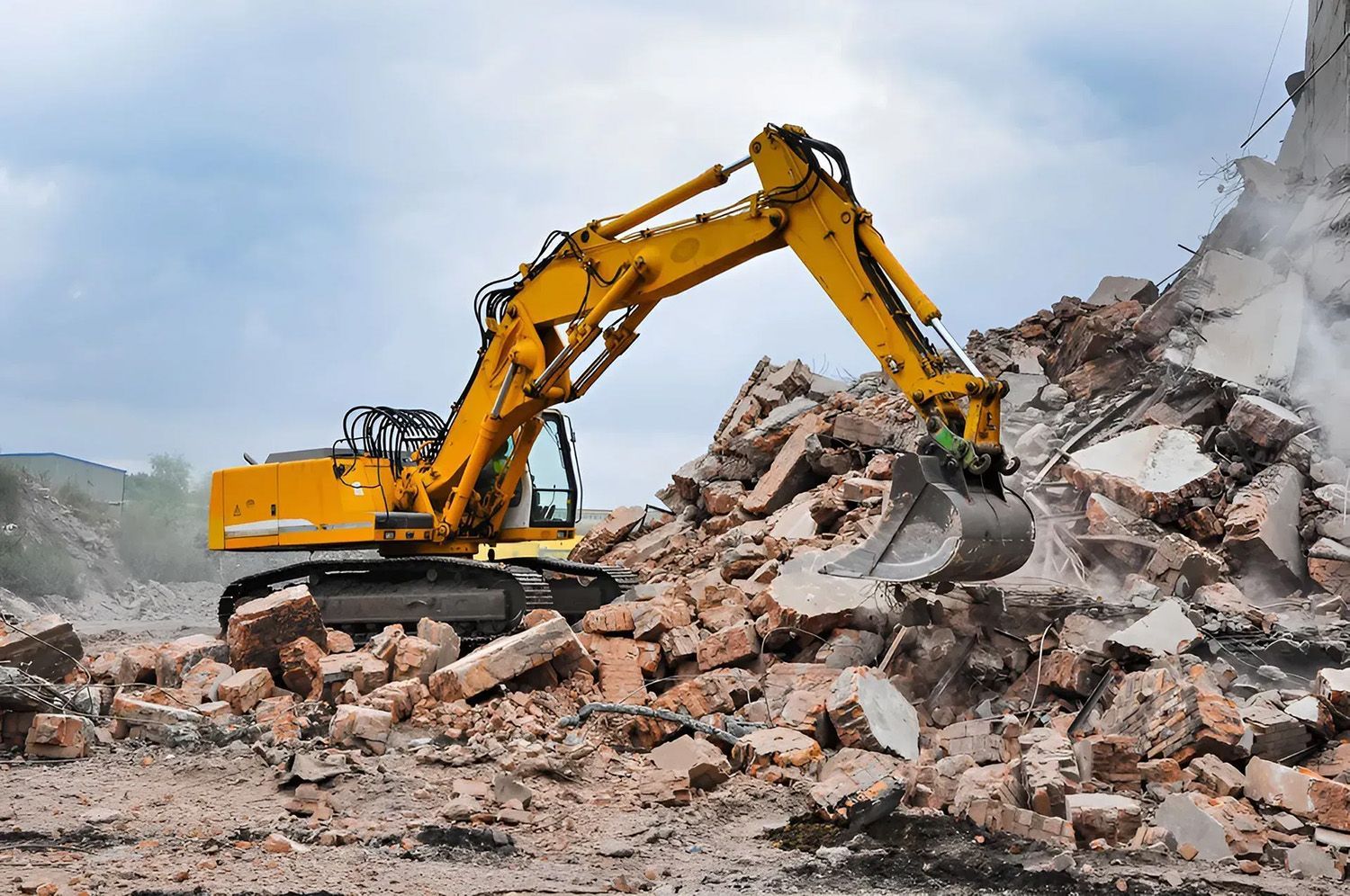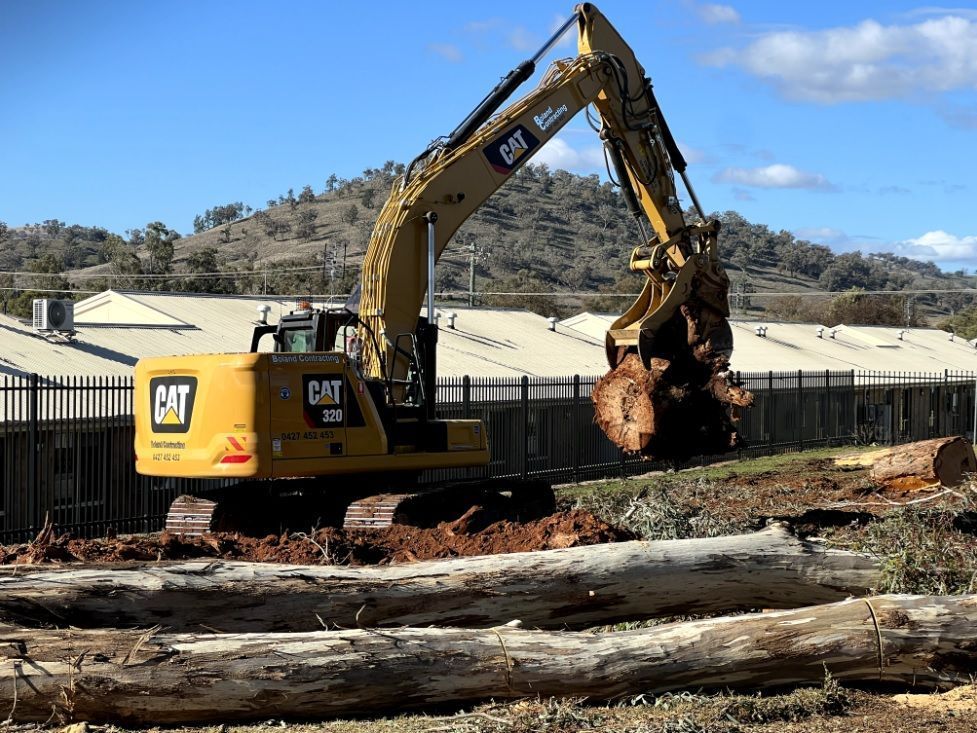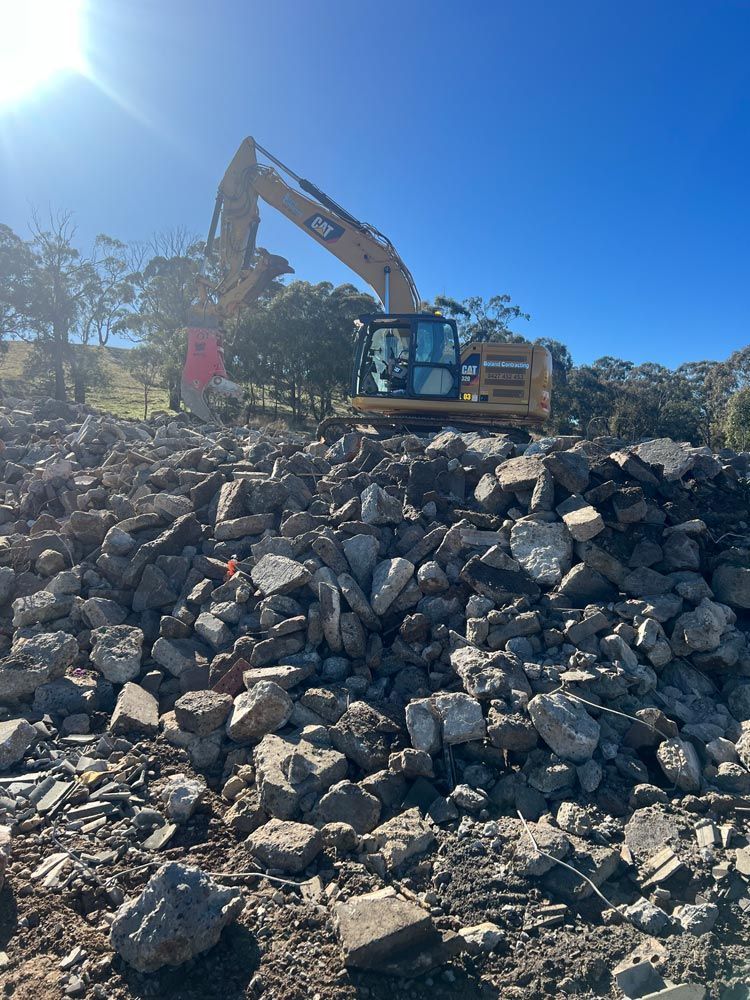Earthmoving & Safety: 8 Best Practices for Site Workers
1. Assessing Site Conditions Before Earthmoving Work Begins
Every successful and safe earthmoving operation begins with a comprehensive site assessment. Before any machines roll onto the land, earthmoving contractors evaluate the terrain to pinpoint potential hazards that could threaten safety or equipment integrity.
This risk identification process is crucial to the planning phase and ensures safety measures are in place from day one.
- Identify underground utilities such as water lines, gas mains, and electrical cables.
- Check for unstable soil, slopes, or ground prone to collapse.
- Evaluate weather exposure, visibility, and vehicle access points.
2. Choosing the Right Machinery for the Job
Using the correct machinery isn’t just about productivity—it’s a cornerstone of safe operations. A mismatch between equipment and site conditions can lead to equipment failure, loss of control, or worker injury. Earthmoving contractors select machinery based on ground conditions, load requirements, and the nature of the work.
Each machine is chosen to minimise strain and risk while ensuring high precision in operation.
- Excavators for trenching, digging, and demolition on stable terrain
- Bulldozers for pushing material on open, relatively flat sites
- Skid steers for manoeuvring in tighter, controlled environments
- Graders for levelling soil and preparing access roads safely
3. Importance of Operator Training & Licences
Operating heavy earthmoving machinery requires more than practical skills—it demands formal training, up-to-date certifications, and a deep understanding of safety procedures. Unqualified operators increase the likelihood of mechanical misuse, miscommunication, or dangerous on-site decisions.
Competent operators are more efficient and capable of identifying potential hazards and taking quick, corrective action. To ensure site safety and meet legal requirements, reputable contractors prioritise operator training. This includes:
- Machine-specific competency assessments to verify skills and equipment familiarity.
- Regular refresher courses to reinforce safety protocols and adapt to new technologies.
- Verify current licences before any individual is assigned to operate equipment.
These steps help prevent errors, ensure accountability, and maintain a consistent safety standard across all earthmoving projects.
4. Implementing Traffic Management Plans on Earthmoving Sites
With multiple machines moving around a site simultaneously, traffic management is non-negotiable. A clear, well-communicated traffic management plan helps prevent accidents involving vehicles and personnel, especially in zones with limited visibility.
Site managers coordinate with contractors to establish safe vehicle routes, loading zones, and designated pedestrian pathways.
- Signposted routes for machinery movement
- Physical barriers separating work areas from walkways
- Speed limits and one-way systems to control machine flow
- Spotters assigned during reversing or confined operations
5. Personal Protective Equipment (PPE) for Earthmoving Tasks
Personal protective equipment (PPE) is essential when working on earthmoving sites to minimise the risks associated with large machinery, flying debris, and noise exposure. PPE serves as a critical buffer between workers and potential site hazards. Every site worker, from operators to ground crew, must be equipped with the appropriate gear to carry out tasks safely.
Here are the key PPE items used during earthmoving activities:
- Hard hats to protect the head from impact or falling objects around active machinery
- High-visibility vests or clothing to ensure that equipment operators clearly see workers
- Steel-capped boots to safeguard feet from heavy loads and uneven terrain
- Safety glasses or goggles to protect eyes from dust, grit, and material fragments
- Hearing protection, such as earmuffs or plugs, to guard against prolonged noise exposure
The consistent and correct use of PPE is non-negotiable on any site. It forms a fundamental part of daily safety protocols, helping to prevent serious injuries and maintain compliance with health and safety regulations.
6. Daily Pre-Start Checks & Machinery Maintenance
Preventive maintenance is critical in reducing mechanical failures during operation. Before machinery is used daily, pre-start checks are performed to ensure everything functions correctly and safely. Earthmoving contractors incorporate these checks as part of their standard operating procedure.
Operators and supervisors are trained to identify and report faults before using the equipment.
- Inspect fluid levels, tyre pressure, and visible wear
- Test warning lights, backup alarms, and brakes
- Ensure attachments are secure and free from obstruction
7. Managing Environmental Hazards During Excavation
Working with natural terrain brings several unpredictable environmental risks. From sudden soil movement to weather-induced erosion, contractors must prepare for these hazards in advance. Earthmoving contractors use a combination of monitoring and site design strategies to minimise disruptions and risks.
These measures help maintain structural stability and environmental compliance.
- Reinforce or bench steep slopes to prevent collapse
- Install sediment controls to manage run-off
- Use retaining walls or shoring in deep trenching operations
- Monitor weather forecasts and pause work in unsafe conditions
8. Emergency Response & Incident Reporting on Earthmoving Sites
Even with the best safety measures, incidents can still occur. A clear emergency response plan ensures site teams can act quickly and effectively, reducing harm and ensuring regulatory compliance. Earthmoving contractors are often responsible for initiating emergency drills and ensuring all workers know the protocols.
No matter how minor, every incident is recorded and reviewed to identify trends and improve future safety.
- Provide workers with emergency contact and assembly procedures
- Train staff in basic first aid and machine shutdown protocols
- Maintain accessible emergency stop points and firefighting equipment
- Conduct routine drills to keep the team prepared
Looking for Safe, Efficient Earthmoving in Dubbo?
At Boland Contracting, we understand that earthmoving is more than just shifting soil—it's about creating a secure foundation for construction while safeguarding everyone involved. Our team works with construction managers and safety officers to implement industry-best practices on every project. From thorough risk assessments to using certified operators and well-maintained machinery, our earthmoving contractors prioritise safety every step.
Get in touch via our contact page or
give us a call to book a site consultation or service, or to learn more about our earthmoving services in Dubbo.







